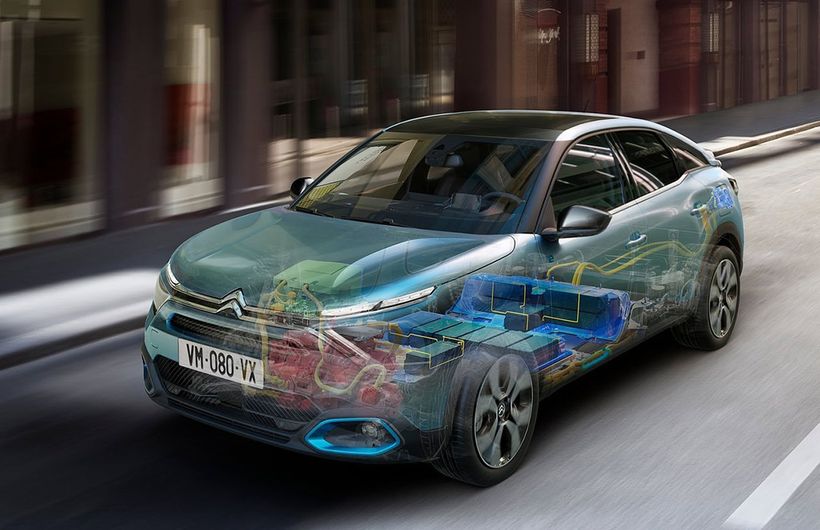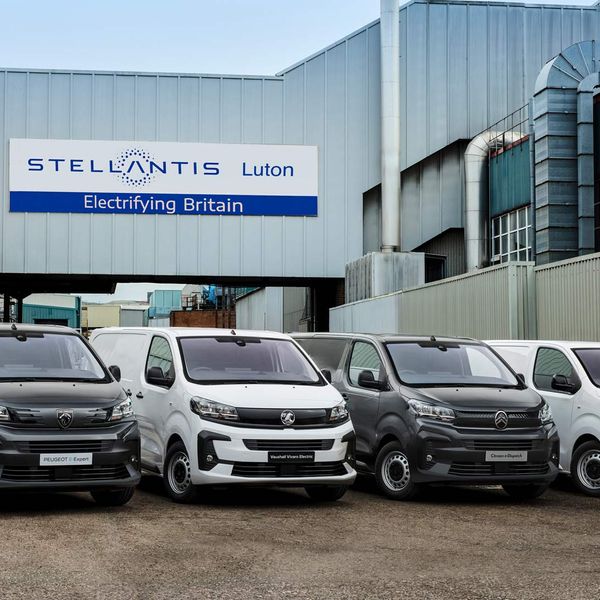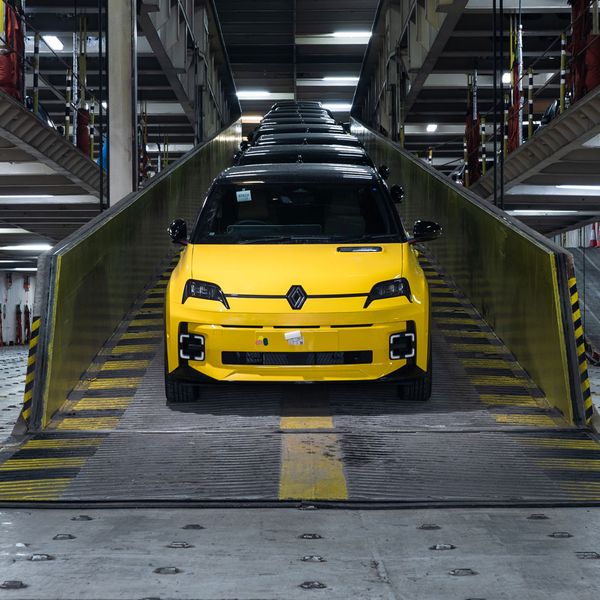One of the things an electric car can do that a conventional petrol or diesel non-hybrid can’t do, is recover energy. EVs with their powerful electric motors and large batteries, can recover some of the energy used to accelerate them, as they slow down.
When a traditional car powered only by an internal combustion engine accelerates, it consumes energy by burning fuel to power the engine. When the car brakes, it converts that ‘moving’ energy into heat through friction. Some of the energy produced by the engine to move the car in the first place is wasted as heat. Hybrids can also perform regenerative braking because they have electric motors and batteries as well as combustion engines, but because the motors and batteries are smaller and less powerful, they recover less energy than a pure EV.
Electric car motors are also generators
The beauty of an electric motor is that as well as producing power when fed with electricity, it can also act as a generator to produce electricity. That’s exactly what happens when an EV slows down. The wheels are connected to the motor-generator, spinning its internal rotor as the car slows and producing electricity. The electricity produced is stored in the EV high power battery ready for the next time the driver presses the accelerator, and that’s known as regenerative braking. Rather than losing the energy contained in the moving car, the energy is literally ‘regenerated’ as it slows down.
KERS v regenerative braking
KERS, which stands for Kinetic Energy Recovery System, has been used in F1 cars for years now and in 2026 is set to become even more powerful as the rules change. When the driver brakes, the electric motor in the KERS recovers energy by generating electricity which is then stored in a battery. When the driver wants extra acceleration, the stored energy is used to power the motor which boosts the power of the petrol engine. Kinetic energy is the name given to the energy possessed by something because it’s moving, and a road-going EV or hybrid does the same thing as an F1 car with KERS. It recovers kinetic energy when the car slows down.
Regenerative braking gets its name from the fact that when a generator makes power, it consumes energy doing it. Attach a handle on a generator and try turning it by hand to charge a battery and you’ll find it hard work. When an EV motor-generator is driven by the wheels, it takes a lot of effort to turn it and that’s what produces a braking effect. Hence the name, regenerative braking, also know simply as “regen.”
Electric cars combine normal brakes with regenerative braking
Obviously, electric cars still have mechanical brakes like a conventional car, but the brake pedal is also connected to the EV’s electronics. The effect of the mechanical brakes and the regenerative braking produced by the motor are blended together seamlessly when the driver presses the brake pedal. The amount of energy that can be recovered through regenerative braking varies depending on the power and size of the car, its battery and the outside temperature. In very cold weather EVs may restrict the amount of regenerative braking energy the battery can accept. The same applies if the battery is fully charged because there’s nowhere to store the energy generated during regenerative braking until some battery capacity is freed up.
The amount of control a driver has over regenerative braking varies from car to car. Some have steering column paddles which allow you to control the power of the regenerative braking and how aggressively it slows the car as you drive.
When used to full effect, regenerative braking enables ‘one pedal’ driving where releasing the accelerator pedal can be enough to slow the car in most situations without needing to press the brake pedal. This can be useful and efficient around town, but sometimes, the most efficient way of driving is to reduce the regen effect to zero and allow the car to coast. This is especially effective when cruising on faster roads like motorways and is recommended by some manufacturers.
 An electric motor can also act as a generator to produce electricity when the car slows down
An electric motor can also act as a generator to produce electricity when the car slows down 












